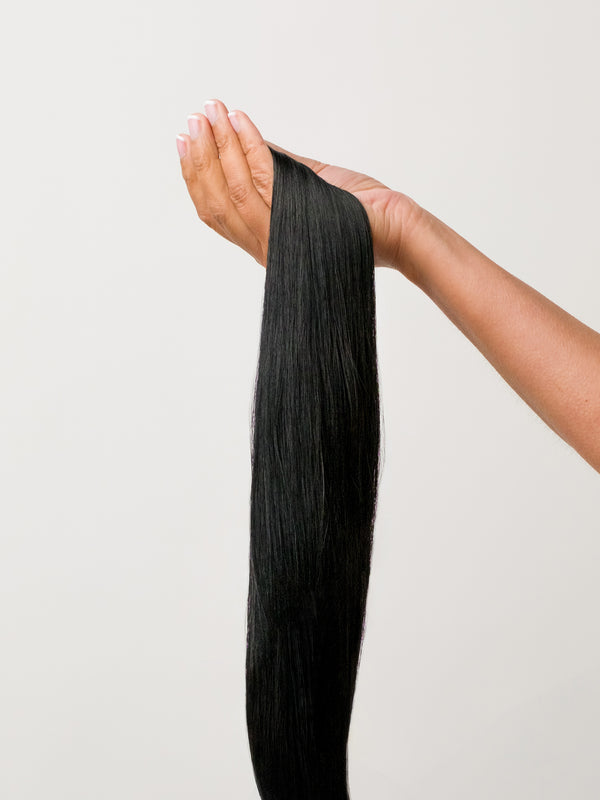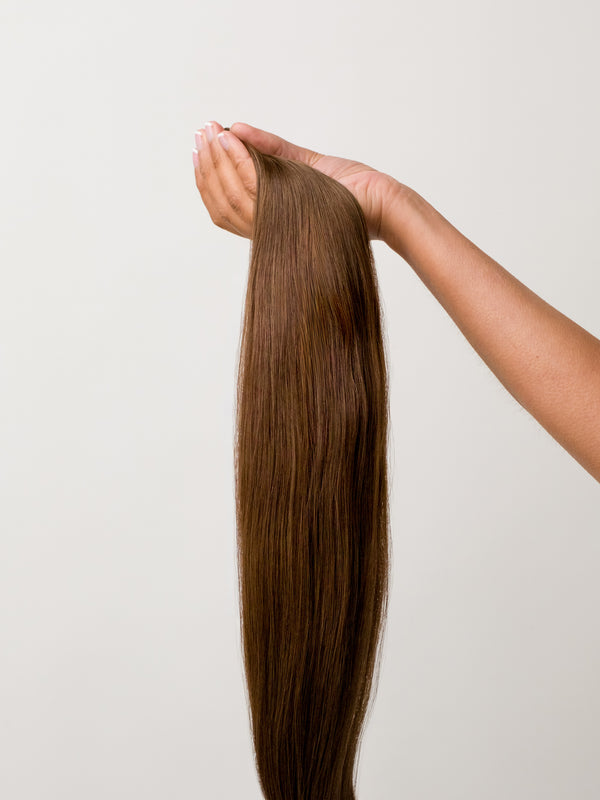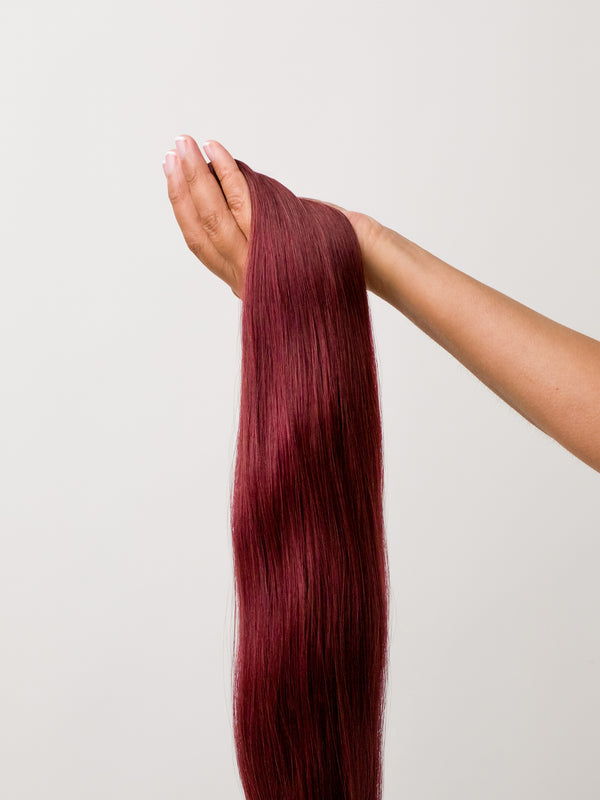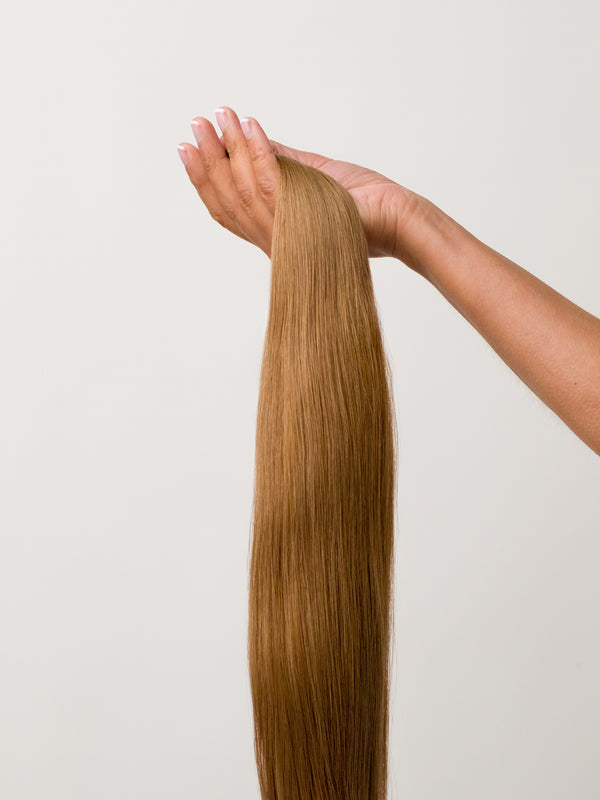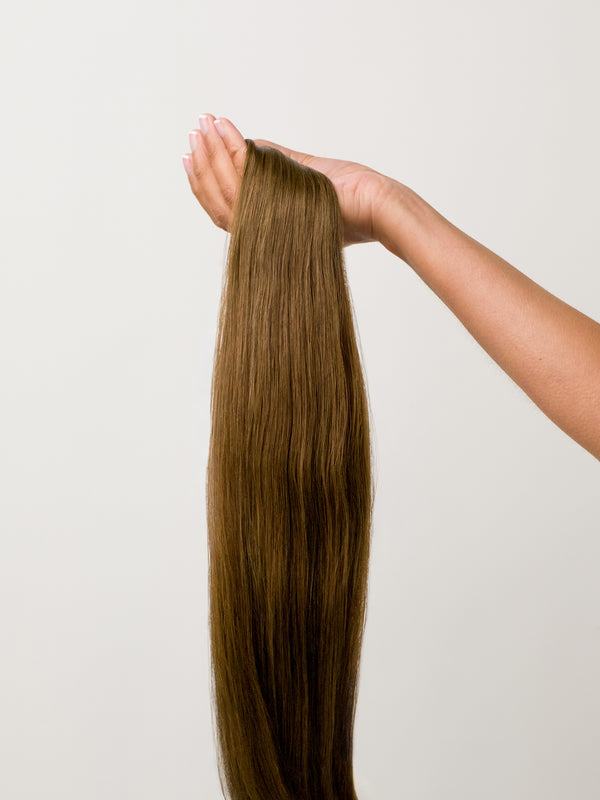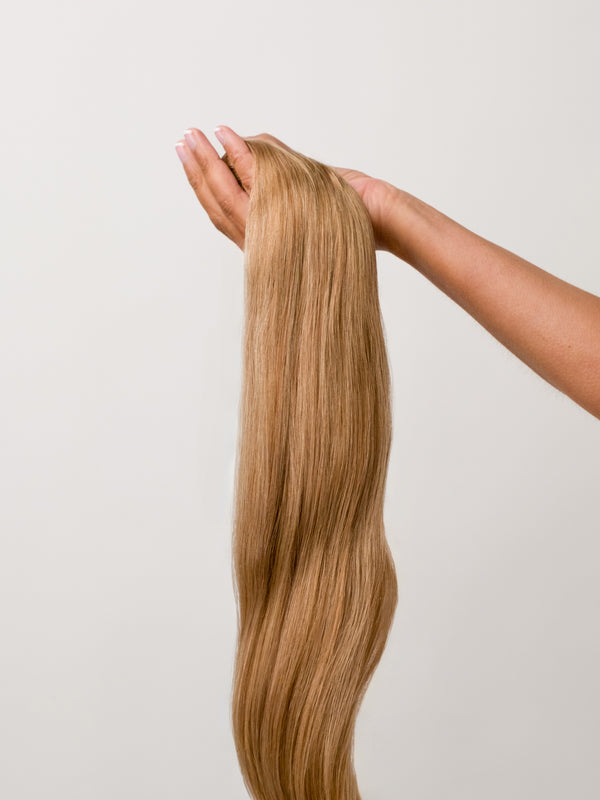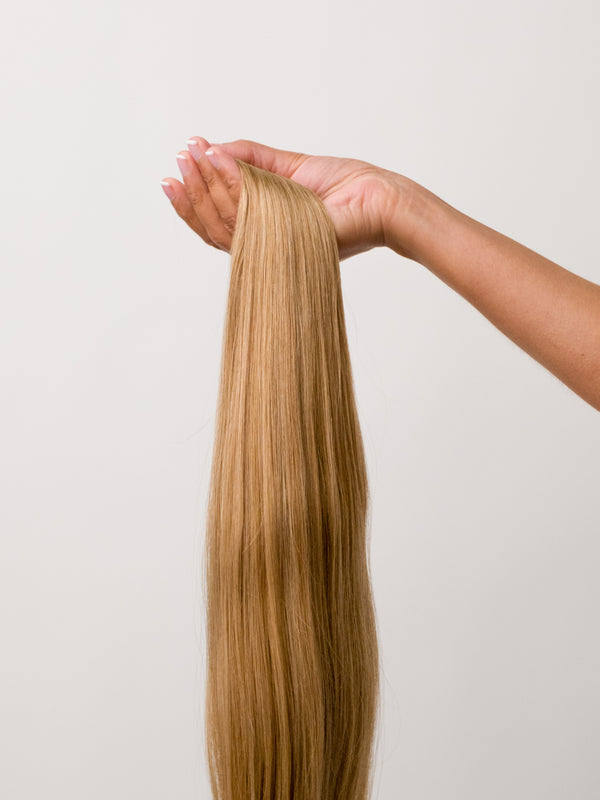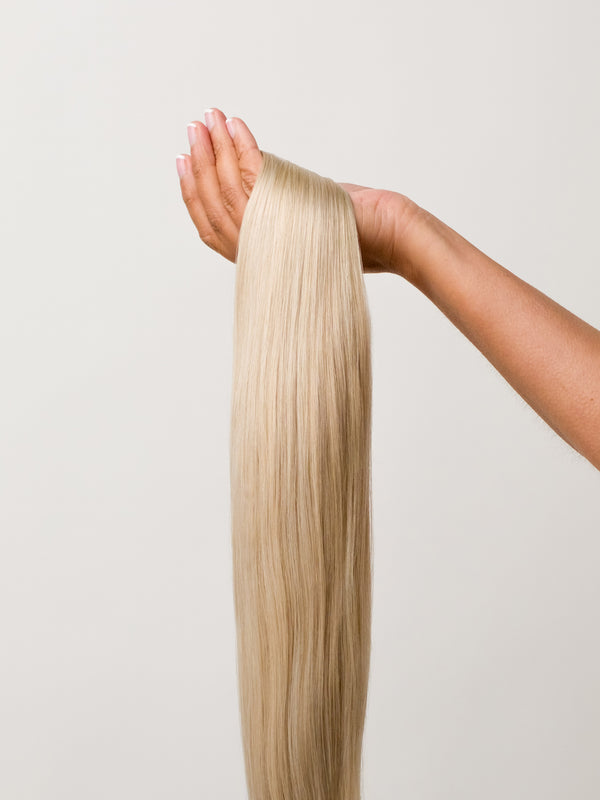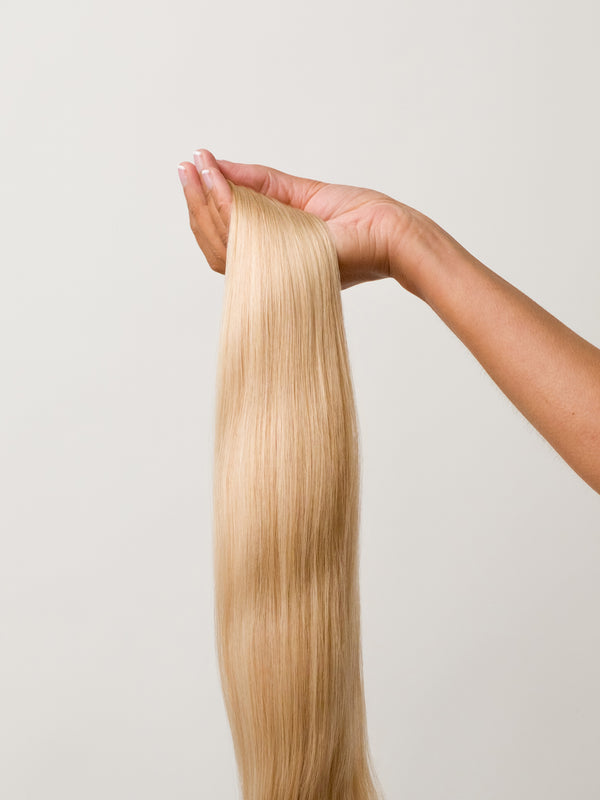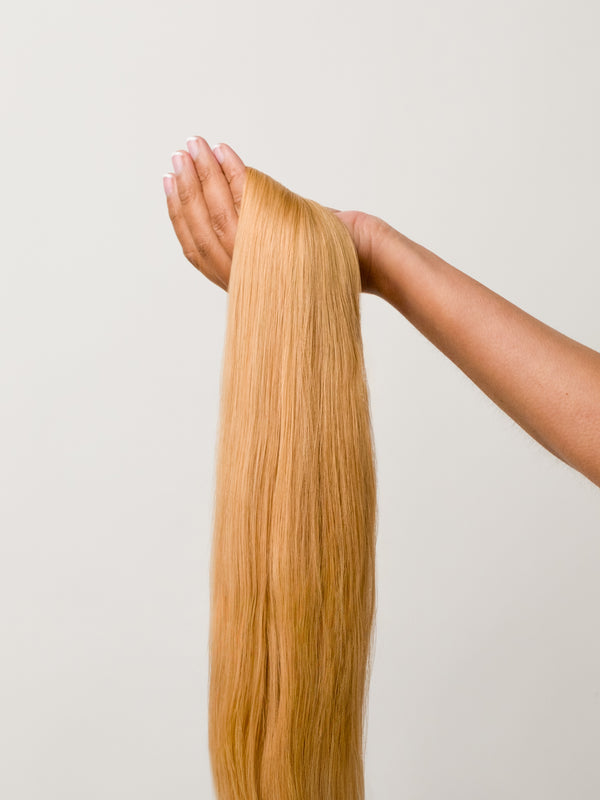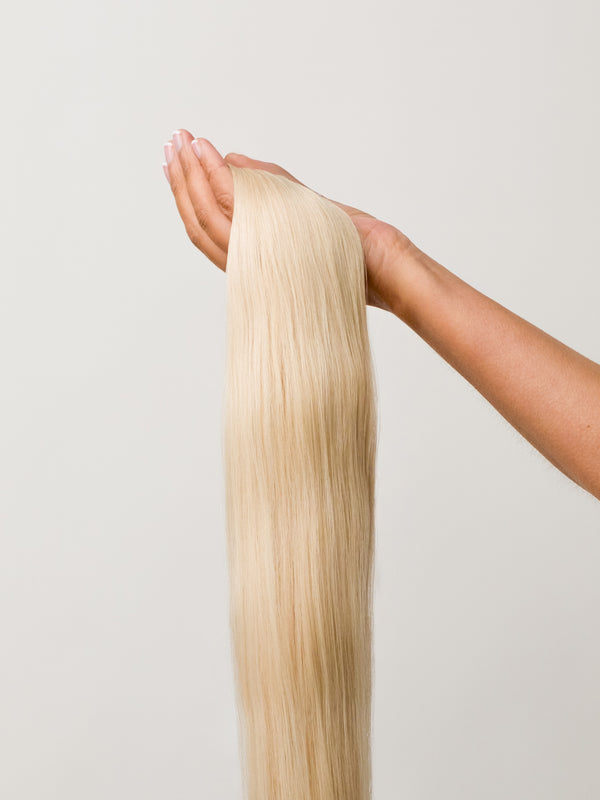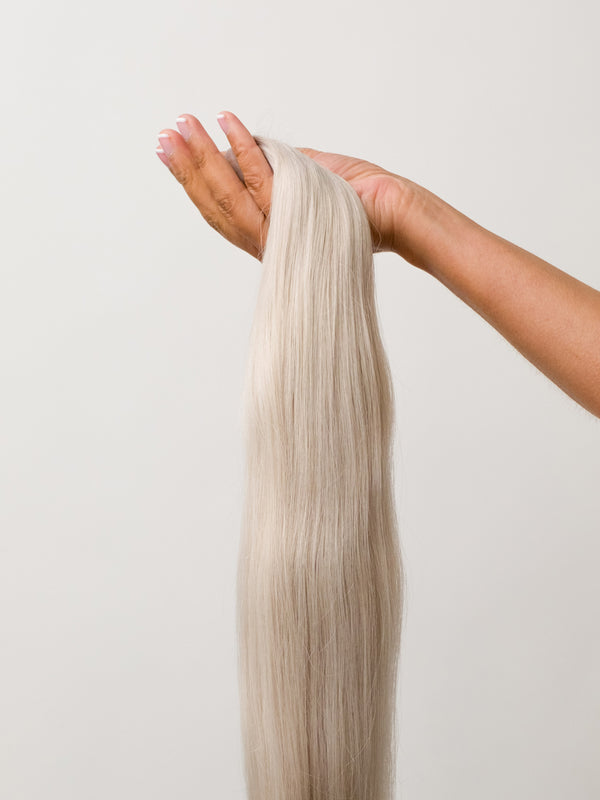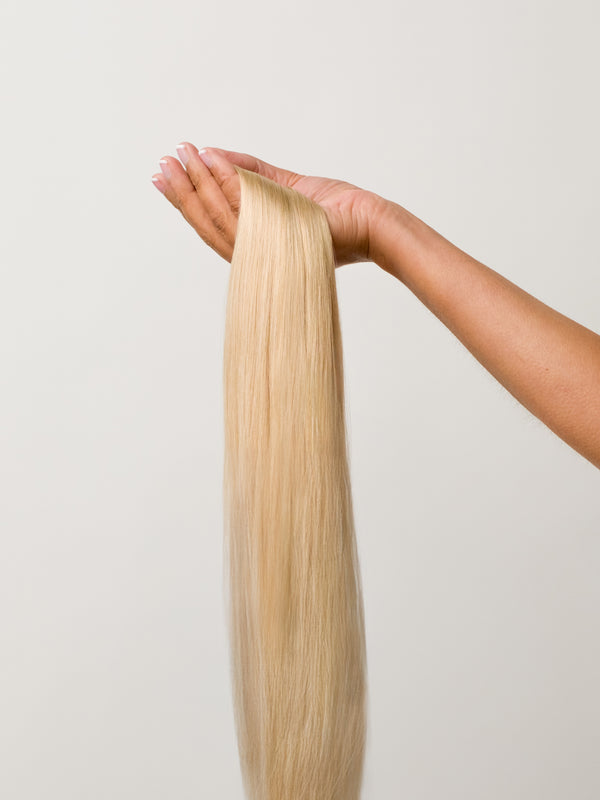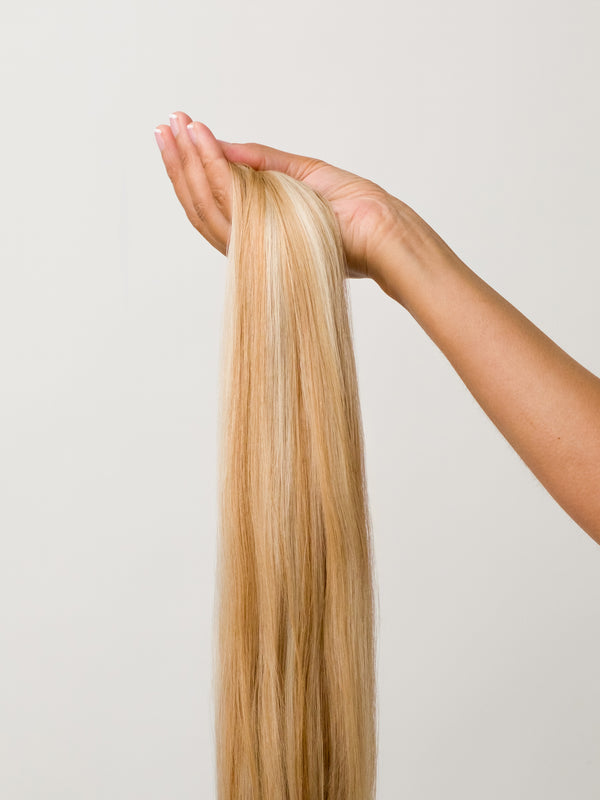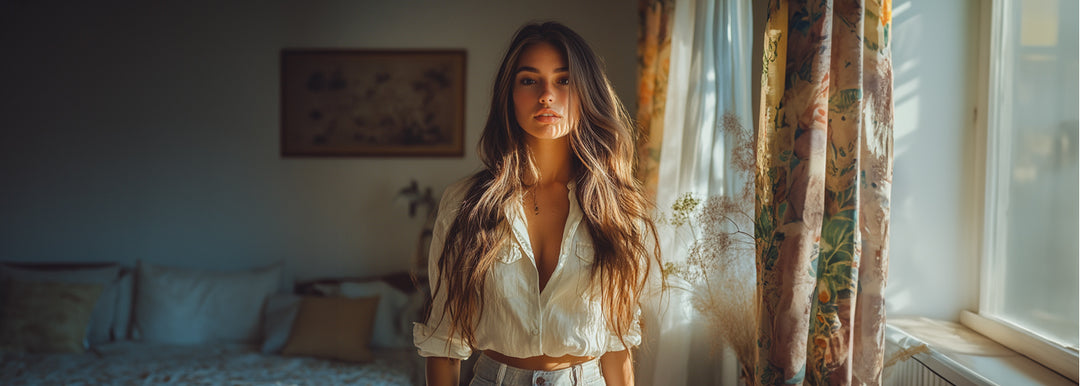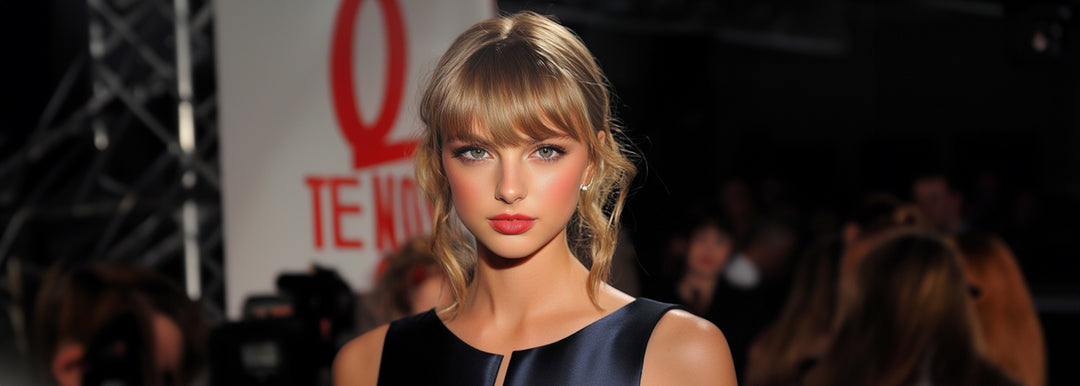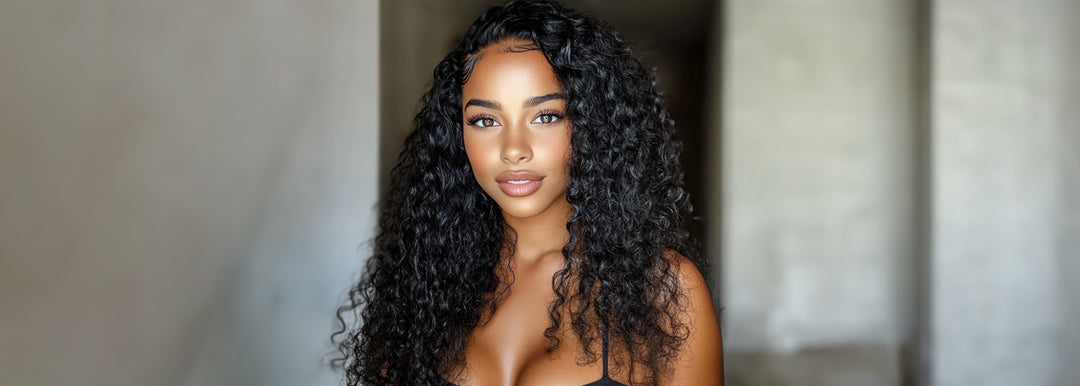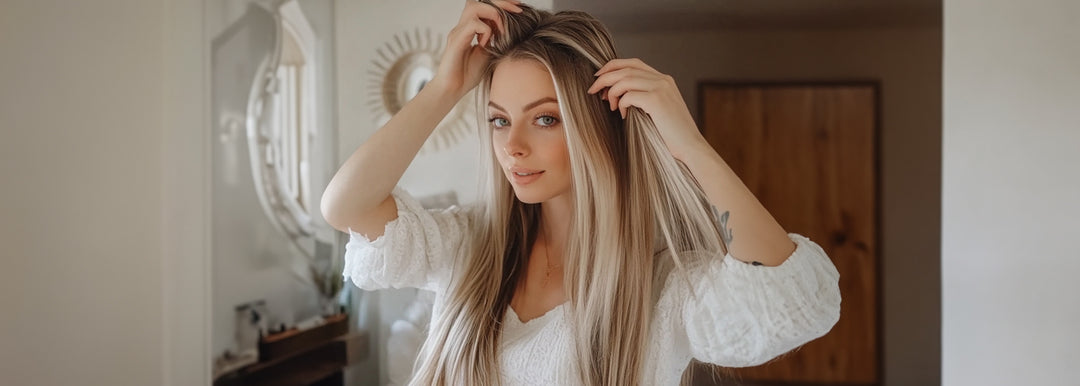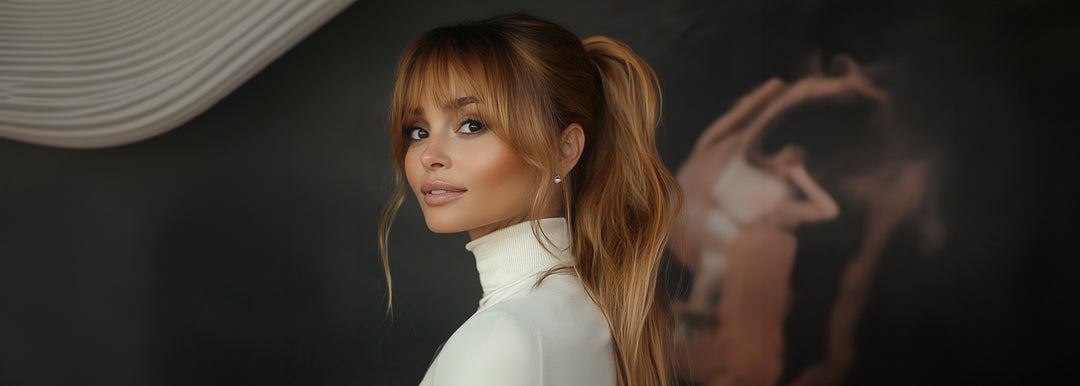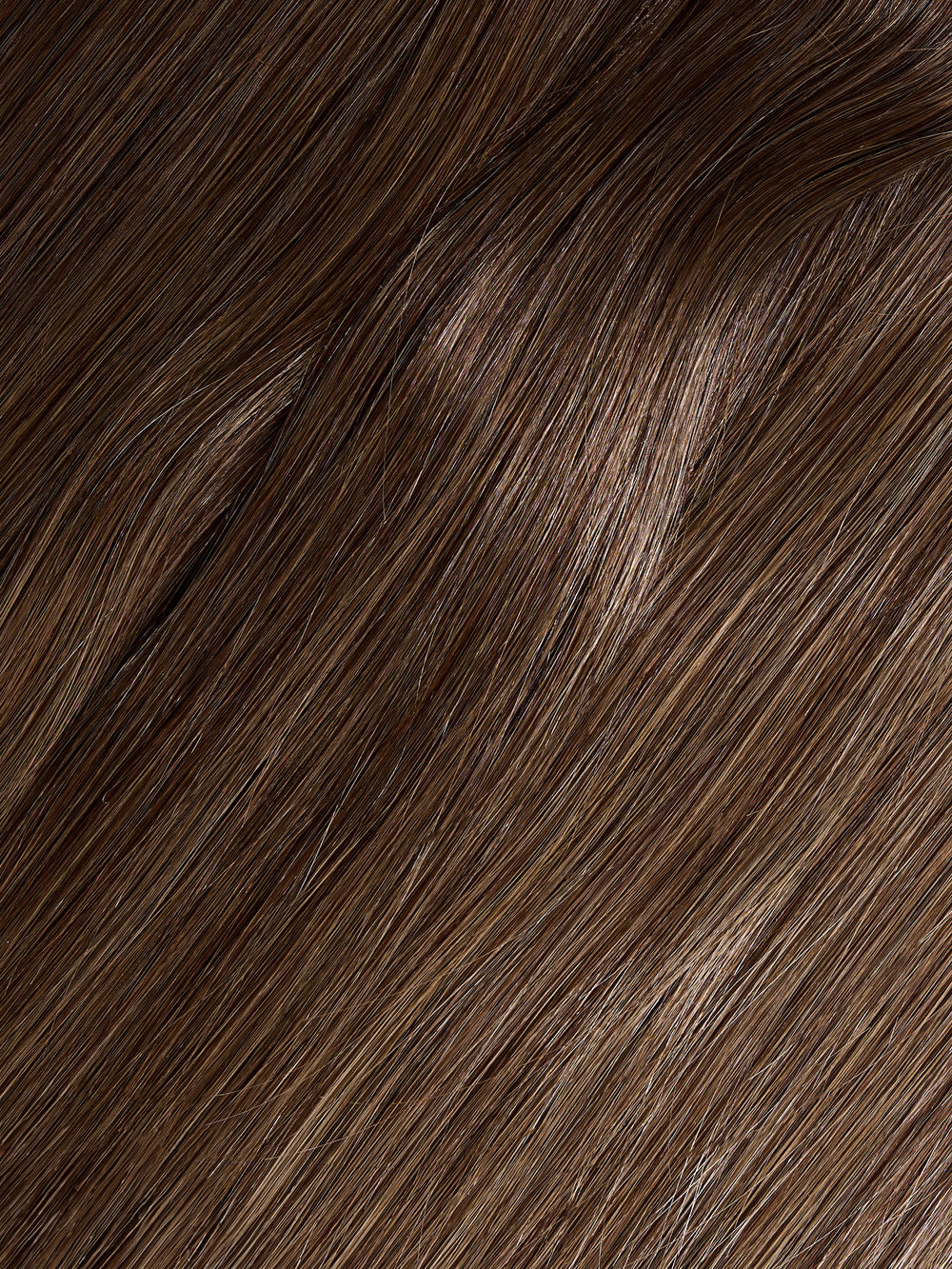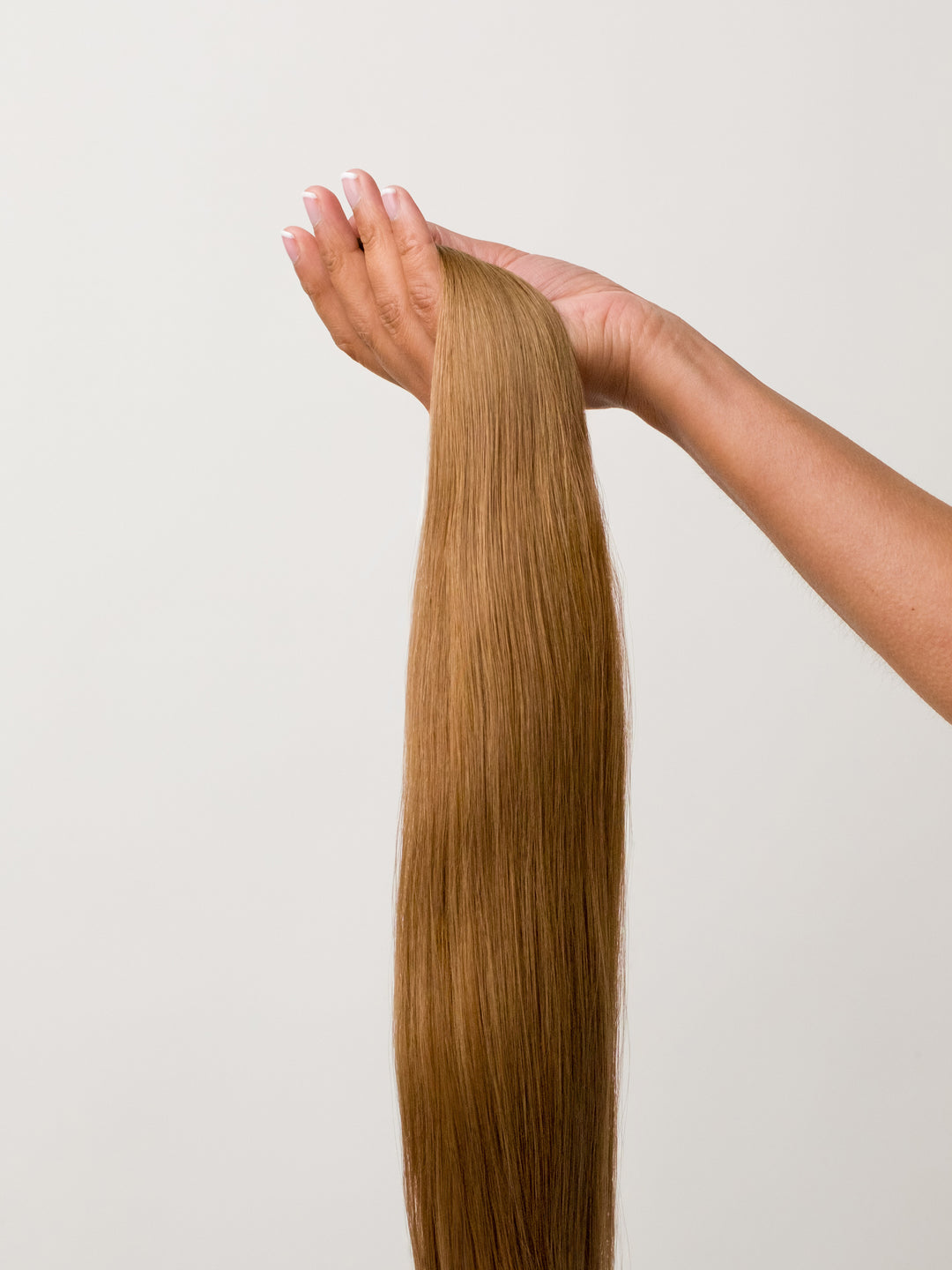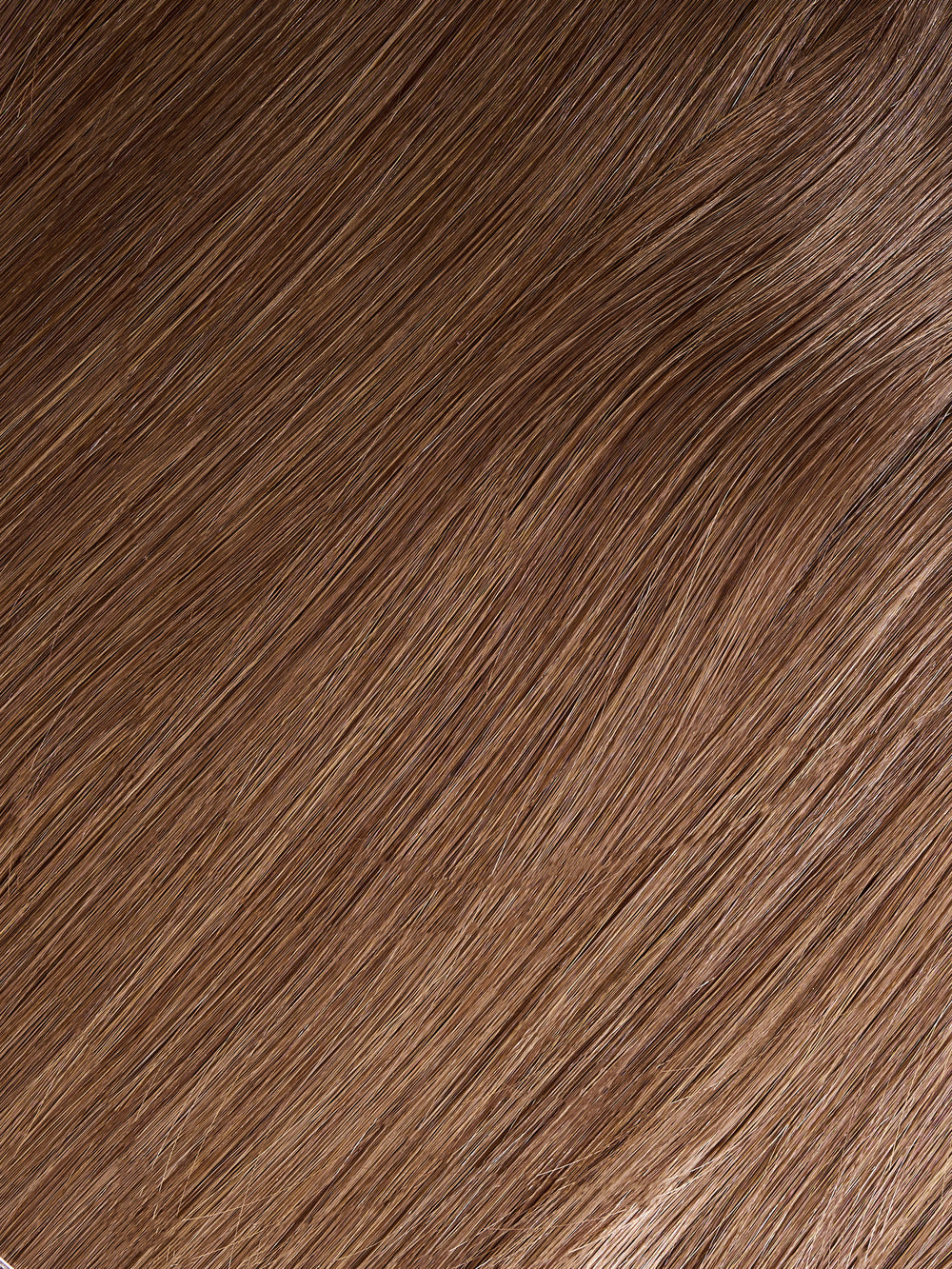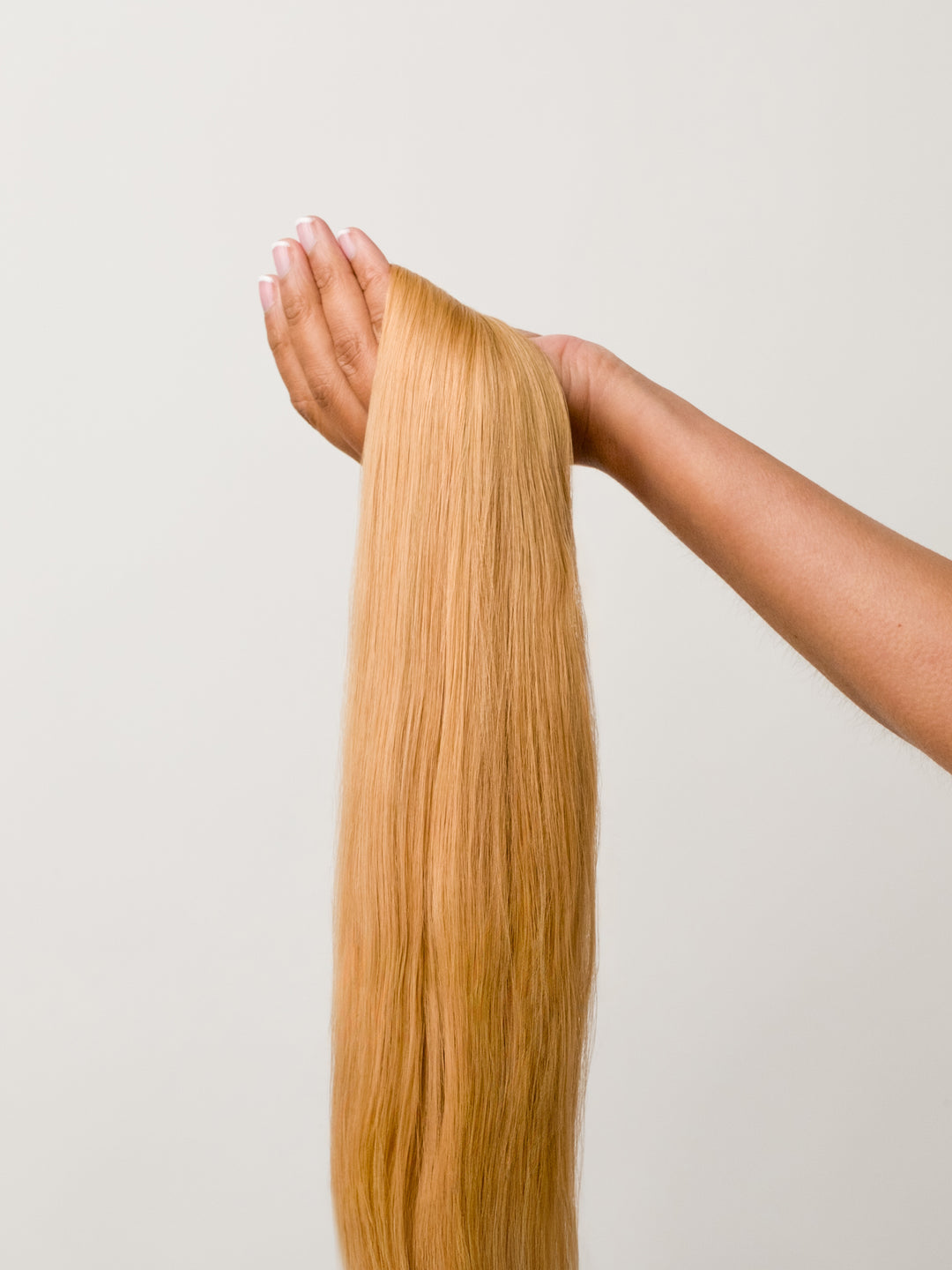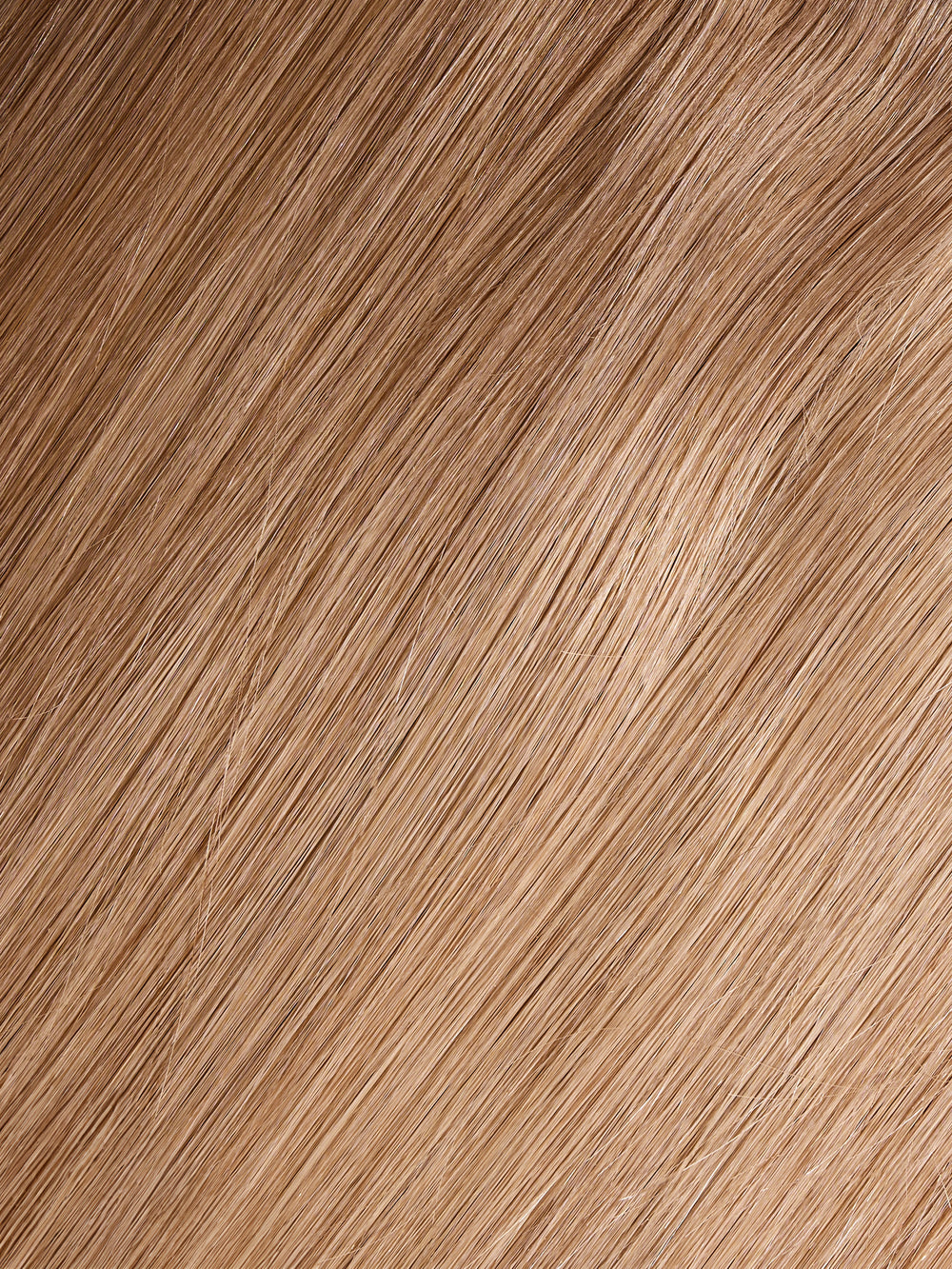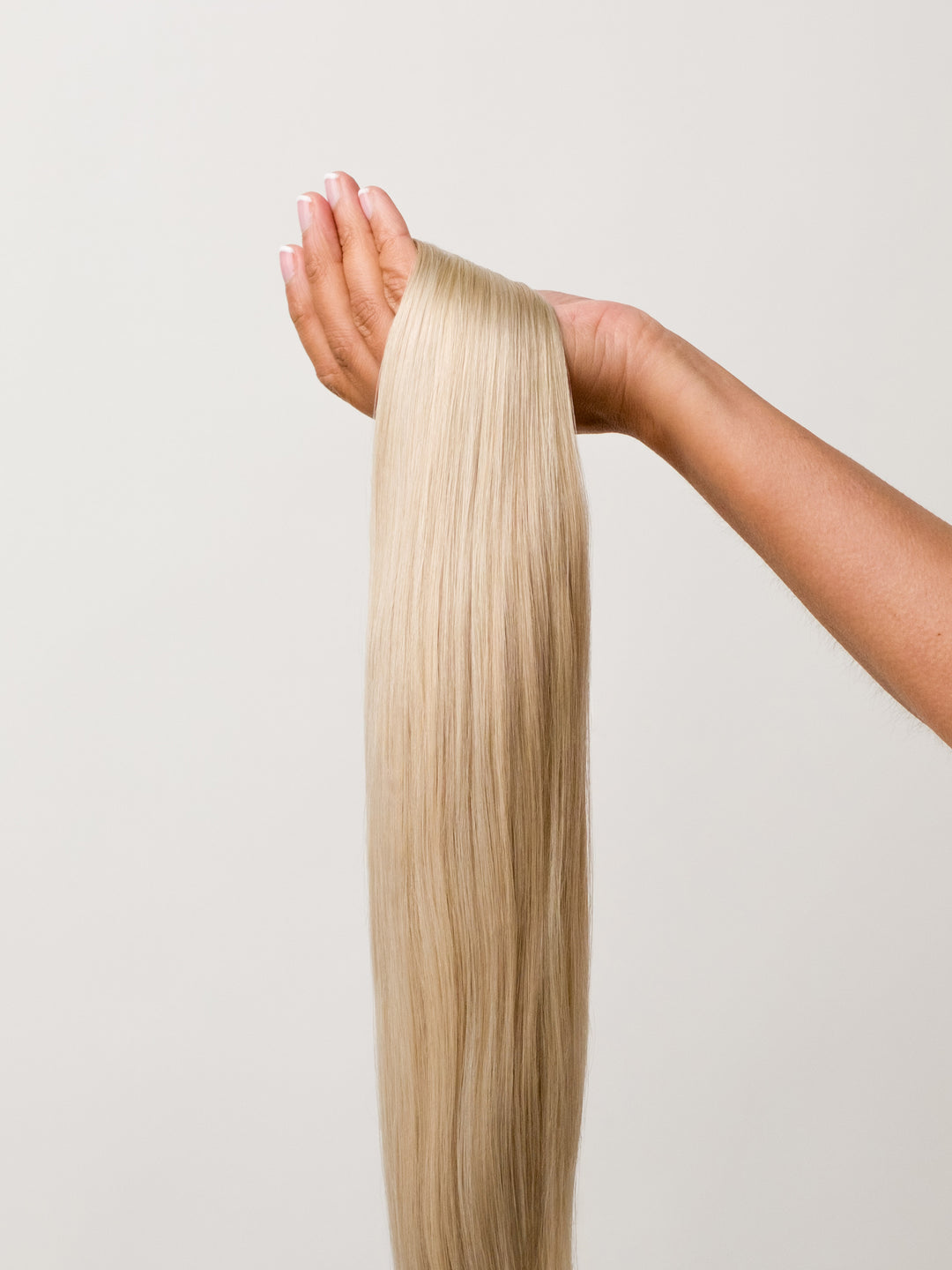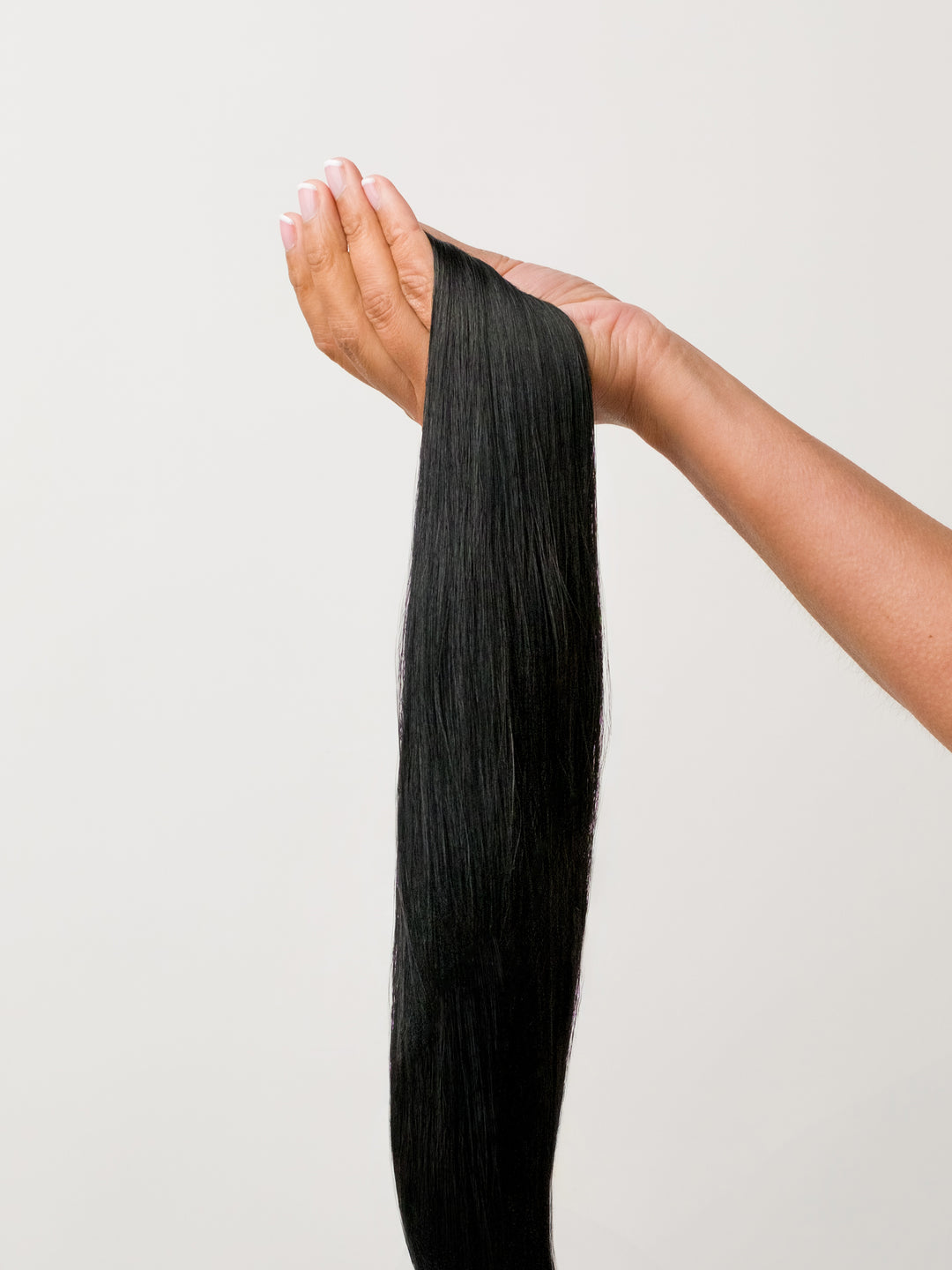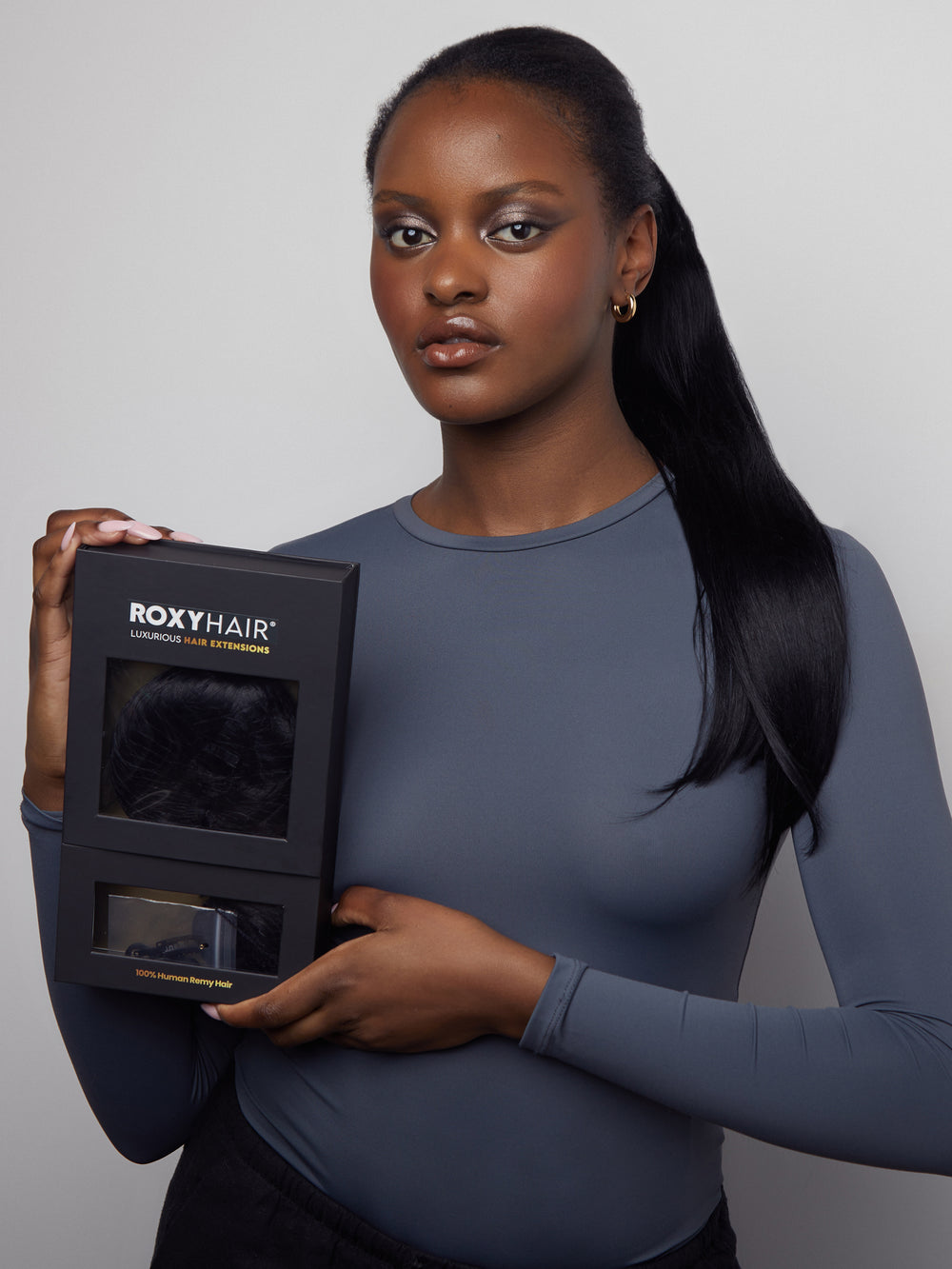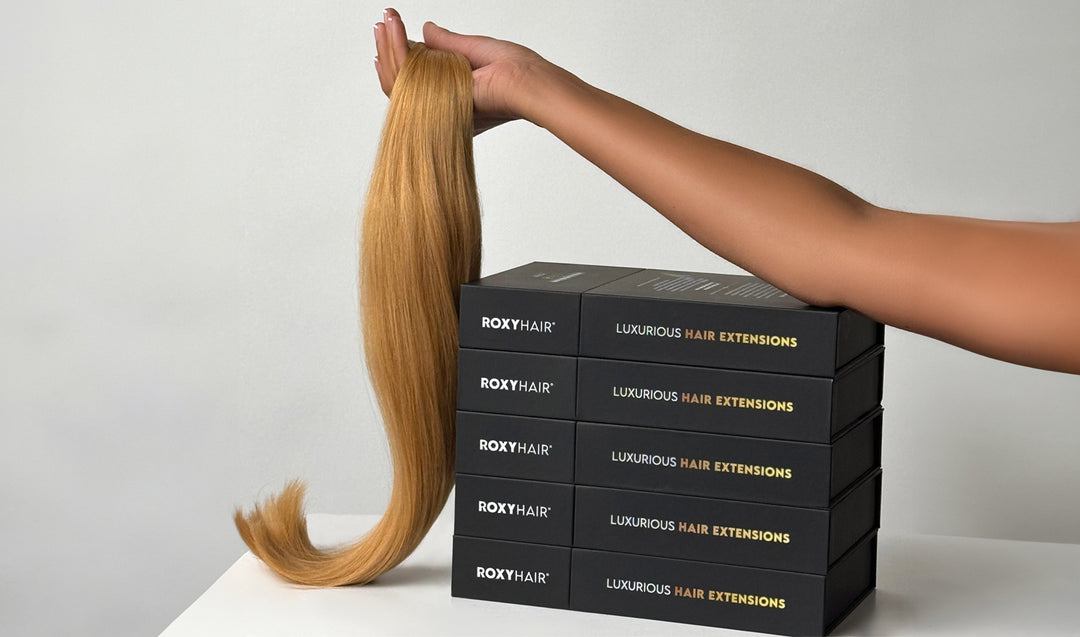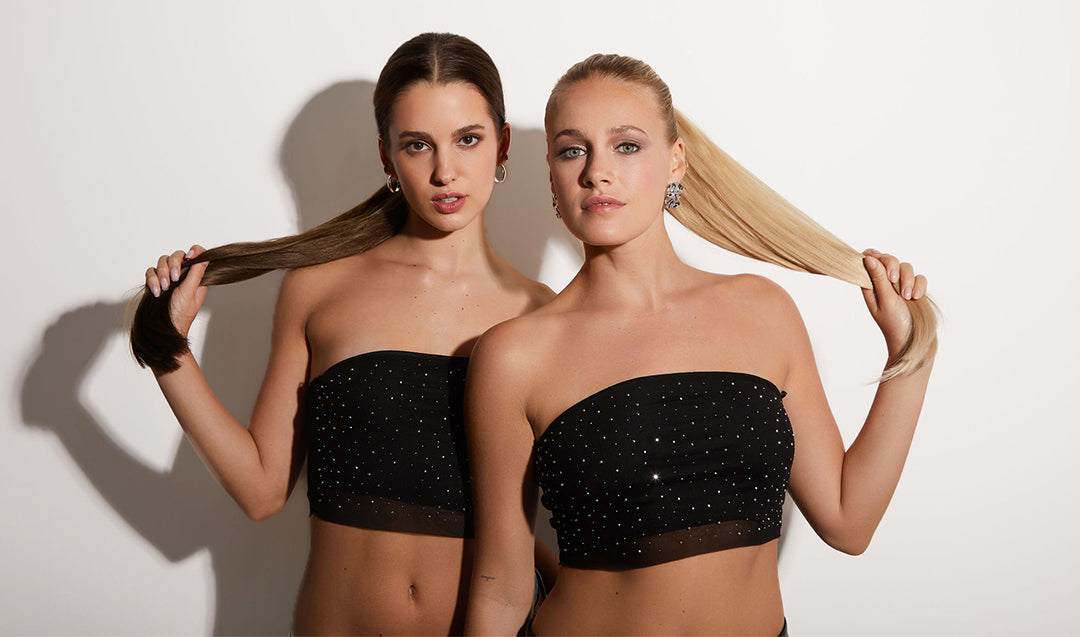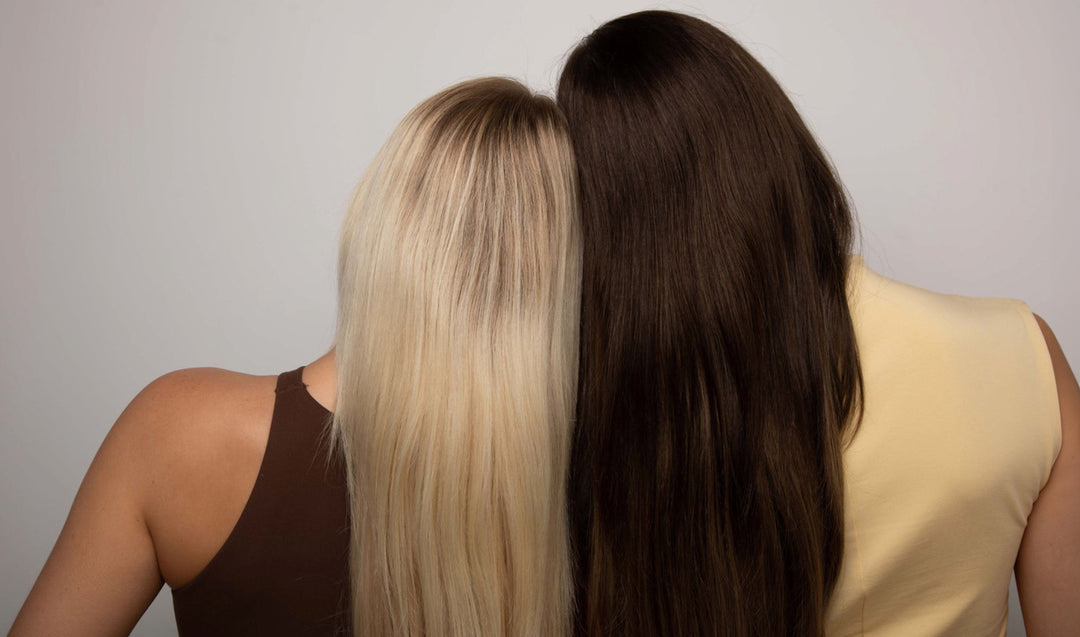We as women likes to be in our phone and check our carts out. But when you think about getting hair extensions, you're probably picturing yourself with those long, gorgeous, Victoria's Secret model-level locks.
But here's the thing - a lot of people don't actually consider what the true cost of hair extensions is going to be. There are some hidden expenses that can really add up.
The good news? Getting amazing hair extensions might not cost as much as you think. You can totally enhance your hair look without breaking the bank.
Of course, the exact cost depends on the type of extensions you go with and any sneaky extra fees. But we're going to break it all down for you.
Additionally, we'll dive into how much you can expect to pay for different hair extension methods. We'll also expose those hidden costs that can catch you off guard. By the end, you'll know exactly which extensions fit your budget and lifestyle.
Let's get into the deets.
Key Takeaways
-
Hair extensions can get pricey, but good quality ones are an investment that pays off with gorgeous, long-lasting results.
-
For clip-ins, expect to pay $100-$500 for a set of 100% remy (human) hair. Synthetic fiber clip-ins are way cheaper around $20-$50.
-
Permanent extensions like sew-ins or keratin bonding cost a ton up front ($700-$2,800) plus you need regular salon touch-ups that add up over time.
-
Things like extra-long lengths, more hair weight, unique colors, and special smoothing treatments make any extensions pricier than basic shades/styles.
-
With proper care like gentle washing and smart storage, high-quality human hair extensions can last over a year before needing replacement.
How much are Clip in Hair Extension?
Human hair extensions can come from all over the world - India, China, Russia, Ukraine, Romania, you name it. But not all human hair is created equal. Different grades are depending on how the hair was collected, treated, and sorted.
The gold standard is virgin hair, which means it's never been chemically treated before being collected. Then you've got remy hair, which is super popular for extensions and hair-friendly for any special events. With remy hair, the cuticles (outermost part of the hair strand) are kept intact and aligned in the same direction during processing. This helps the extensions stay smooth, shiny, and tangle-free for longer.
During manufacturing, the best seller hair goes through coloring processes to get those luscious shades. But the good thing about remy hair is that it's made of the same keratin protein as your natural hair, so it blends seamlessly and moves just like your own locks.
Now, human hair extensions come in different lengths and can cost anywhere from $100 to over $1000 - it's an investment! But when you take good care of them, they can last anywhere from 3 months to over a year. Unlike synthetic hair with that plastic-y shine, human hair has a natural flow and movement.
You can use heat styling tools on them just like your own hair, and the styles will hold for days. Plus, you can dye them darker or even create those trendy balayage looks.
As for washing, once a month or less is generally recommended if you're wearing them regularly. But if they're just chillin' in storage, no need to wash until you're ready to use them again.
How Much is Permanent Hair Extensions?
When it comes to permanent hair extensions like tape-ins, microbeads, weave-ins, and fusion, the costs can really vary. A couple main factors determine the price - the actual extension method itself and what your stylist charges for installation.
On average, you're looking at $700 to $2,800 for the initial install, covering both the hair and the installation fee, which can be $200 to $600 per session. Not cheap!
But here's the kicker - as your natural hair grows, you'll need maintenance appointments every 4-6 weeks to have the extensions adjusted closer to your roots again. Those touch-up visits add $150 to $300 to the total each time.
So while permanent extensions give you long-lasting results, be prepared for that hefty upfront cost, plus those recurring maintenance fees that can really add up over time.
Shop Roxy Hair
Here is an overview:
Tape-Ins
-
Average yearly cost: $1,800
-
Requires professional installation and maintenance every 4-6 weeks
Fusion/Keratin Extensions
-
Average yearly cost: $2,825
-
Most expensive permanent option
-
Needs salon maintenance every 3-4 months
Weave-Ins
-
Average yearly cost: $1,750
-
Hair is woven into braids or wefts
-
Maintenance every 6 weeks
Microbeads
-
Average yearly cost: $2,400
-
Small beads attach extensions to your hair
-
Requires salon visits every 6 weeks
Halo Hair Extensions
-
Average yearly cost: $375
-
Easy to put in and remove at home
-
No damage to natural hair
-
Low maintenance, no salon visits needed
Hair Extension Type Pricing Differences
When it comes to clip-in hair extensions, you've got a whole range of all the products to choose from, and each type comes with its own price tag. Roxy Hair will break it down for you so you can see what you're working with cost-wise.
100% Remy Human Hair Extensions
These are the most common type of clip-in extensions made from real human hair. The hair strands are attach in the same direction, which is called "cuticle intact". This helps minimize tangling and gives the extensions a smoother, more natural seamless blend.
Price Range: $100 - $500+ per set
Benefits: Its appearance and feel like natural hair, blend well with your own hair, and you can use heat styling tools on them (with some limitations).
Drawbacks: They require more care than tape in hair extensions or any synthetic fibers, and can get frizzy in humid conditions.
Premium Cuticle-Intact Remy Hair
A step above regular Remy hair, these extensions keep the hair cuticles (outermost layer) intact through the entire manufacturing process. This results in exceptionally smooth, shiny, and tangle-resistant extensions.
Price Range: $120 - $600+ per set
Benefits: Luxuriously soft and natural-looking. Requires less maintenance compared to standard Remy hair.
Drawbacks: The most expensive option. The difference from the other is that it may still need some special care to maintain quality long-term.
Synthetic Fiber Hair Extensions
The budget-friendly alternative, these extensions are made from high-quality synthetic fibers designed to look and feel like human hair.
Price Range: $20 - $50+ per set
Benefits: Very affordable. Require minimal maintenance. Often available in a wider range of colors than human hair.
Drawbacks: May not blend as seamlessly with your natural hair. Can look shiny or unnatural. Cannot be styled with heat tools.
Factors Affecting Hair Extension Prices
When it comes to hair extensions, the weight is measured in grams, and it doesn't refer to how thick each individual strand is. Instead, it's about how much hair is attached to each weft (the strip that the hair is sewn onto) in the set of extensions. The higher the grams, the more hair you're getting in each set.
Now, when you're considering the weight, there are two main factors to keep in mind: thickness and length. The thicker or longer the hair, the heavier the set will be, and that usually means a higher price tag.
Another thing that plays a big role in the cost is the color. Matching your natural hair color to a new set of high-quality clip-ins can be tricky, but don't worry, the team at Roxy Hair is always happy to help you find the perfect match. We use dimensional tones and colors to replicate natural hair, with subtle highlights, lowlights, and different shades for depth and dimension. This makes it way easier for the extensions to blend and style seamlessly with your own hair.
Speaking of color, remy hair (the highest quality human hair) and other human hair extensions go through a coloring process to achieve their shades and that natural shine. At Roxy Hair, you can find extensions in a range of colors, from ice blonde to goldilocks blonde, and from mocha to hazelnut.
Now, if you're looking for a balayage or ombre effect, those styles tend to cost a bit more because they require extra processing and treatment to achieve that multi-tonal look. Shades like Latte Blonde, Blondette, and Brondie are perfect examples of these blended, balayage-inspired colors.
Other Factors Affecting Price
Beyond the hair type and weight, there are a few other factors that can make clip-in hair extensions cost more or less. Let me break it down for you:
Double-Wefted Sets
These sets have twice as much hair compared to single-weft sets. Each weft has two layers of hair sewn together, giving you way more volume and thickness. Sounds great, right? Well, that extra hair means these sets are generally 20-50% more expensive than single-wefted ones. But they're perfect if you want a full head of thick, luxurious locks!
Unique Colors and Ombres
If you're going for something funky like bright fashion colors or blended ombre looks, you'll likely pay 10-20% more than standard shades. That's because these require extra processing like dyeing or bleaching, which takes more time and effort.
Popular Shade Pricing
You might notice that blonde and highlighted extensions tend to cost more than brunette or black shades. That's because getting that gorgeous blonde requires extra bleaching during production, driving up costs. Plus, blondes are just super popular, so the demand also affects pricing!
Silk-Smooth Texture Upgrades
For that ultra-luxurious, silky-smooth texture and crazy shine, you can opt for extensions that go through special treatments. These are typically 20-50% pricier than standard quality hair, but they look and feel incredibly natural while resisting tangles and frizz.
Getting Value from Investment
Clip-in hair extensions can be an awesome way to get that volume, length, or pop of color you're craving. But with so many options out there at different price points, it's important to make sure you're getting ROI for your extensions. Here are some tips to help you maximize value:
-
Lifespan and Re-Usability: High-quality remy human hair extensions can last up to a year or even more if you take really good care of them (washing, conditioning, and properly storing). Synthetic extensions are more budget-friendly but typically only last 3-6 months with regular use. The key to getting serious mileage out of any extensions? Proper care routines! Following the right washing and storage steps can significantly extend their lifespan.
-
Free Shipping Offers: This one's a no-brainer – take advantage of free shipping deals when you can! Many online retailers offer it, especially on orders over a certain amount. Those shipping costs can really add up, so free shipping helps you stay on budget.
-
Vendor Research: Don't just blindly purchase from any seller. Do your homework! Read customer reviews on the retailer's site and other platforms to get the inside scoop on hair quality, shedding, color-matching, and overall satisfaction. And research the brand itself – look for ones with solid reputations for using quality, ethically-sourced hair and offering guarantees. A generous return policy is also a major plus in case those extensions just don't work out for you.
-
Easy Returns: It is important to have an assurance when purchasing hair extensions. You don't want to receive a package without any secure rights.
-
Some additional value tips: Investing in quality human hair extensions will cost more upfront, but they'll look way more natural and last way longer than cheaper synthetic options. Only pay for the length and weight you actually need – don't go overboard. And of course, don't sleep on comparing prices and taking advantage of discounts to get the best deal.
Summary
Hair extensions can be pricey present for yourself but worth it if you choose wisely. Splurge on high-quality remy human hair for the most natural, long-lasting results. Go synthetic for an affordable option. Consider all factors like color and length that affect cost. With proper care and reasonable expectations, you can get gorgeous locks without overspending.
Frequently Asked Questions (FAQs)
How much do clip-in hair extensions usually cost?
Remy human hair clip-ins generally run $100 to $500 per set. Synthetic options are cheaper around $20 to $50.
Is it better to get permanent or clip-in extensions?
Permanent extensions are longer-lasting but pricier, like $700 to $2,800 upfront plus touch-up fees. Clip-ins are more affordable for at-home use.
How long do hair extensions last?
With good care, human hair clip-ins can last and cater you over a year. Synthetic clip-ins only about 3-6 months usually. Permanent ones need redoing as your hair grows.
What factors make extensions more expensive?
Longer lengths, more hair weight, dyed unique colors like blonde or balayage, smoothing treatments, and using real remy human hair.
Does Roxy Hair offer remy hair extensions?
Yes, 100% human remy hair of the highest quality. Ethically sourced hair from thoroughly-vetted partners.f





